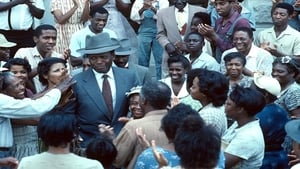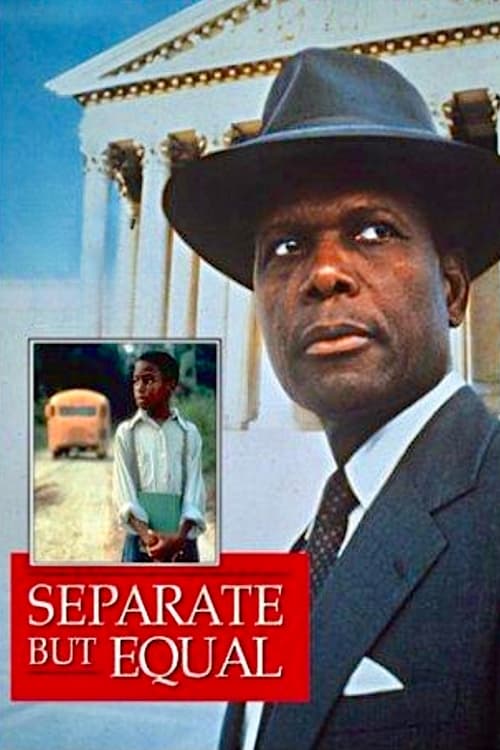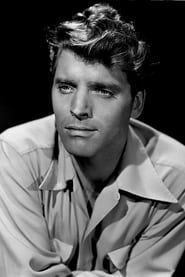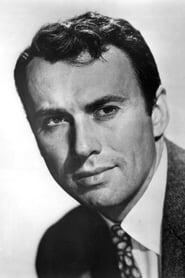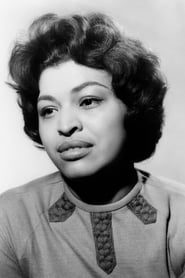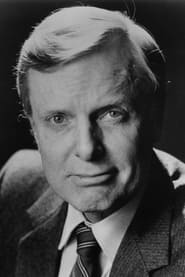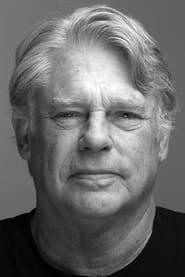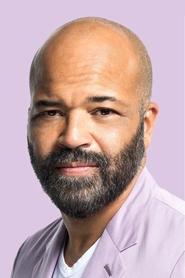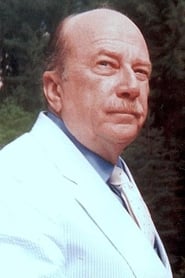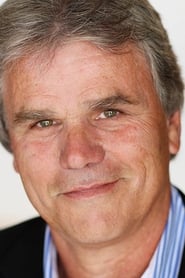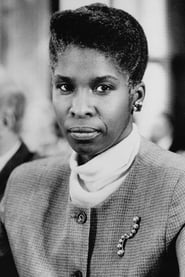Cast
View AllSidney Poitier
as Thurgood Marshall
Burt Lancaster
as John W. Davis
Richard Kiley
as Chief Justice Earl Warren
Cleavon Little
as Robert L. 'Bob' Carter
Gloria Foster
as Vivian 'Buster' Marshall
John McMartin
as Governor James F. Byrnes
Mark Hammer
as Associate Justice Stanley Forman Reed
Graham Beckel
as Josiah C. Tulley
Jeffrey Wright
as William Coleman
Ed Hall
as Reverend J.A. Delaine
Lynne Thigpen
as Ruth Alice Stovall
Hallie Foote
as Julia Davis
Macon McCalman
as W.B. Springer
Randle Mell
as Charles L. Black Jr.
Cheryl Lynn Bruce
as Gladys Hampton
Crew
Director
- George Stevens Jr.
Writer
- George Stevens Jr.
Reviews
GenerationofSwine
It is educational...and as someone that works in history, I can see a teacher wanting to be lazy and using "Separate But Equal" as an excuse for it...
...but I doubt I'd ever do it. I'd want my students to form an interest in movies based on historical events.
I don't know what Poitier was thinking. Watching the mini-series anyone that read the script should have instantly gotten that "made for TV crap" vibe off it.
I gave it 5 stars. I mean, I can sit down and watch and enjoy it...but I can also read and enjoy Herzen's autobiography. I am a freak of nature that can enjoy some horribly dull things.
It's not only impossible to shake that made-for-TV vibe...but on top of it, it feels like you're watching a Lifetime Original Movie.
If you can deal with that, it's worth a watch. Otherwise there are Civil Rights movies that actually know how to make such a dramatic part of American History actually dramatic on the screen.
Jan 14, 2023
Thematic Analysis
As a dramatic work, Separate But Equal examines complex human relationships and emotional struggles against the backdrop of a period setting that reflects societal issues of its time. The character development particularly stands out, offering viewers a chance to reflect on their own life journeys.
Director George Stevens Jr. brings their distinctive visual style to this film, continuing their exploration of themes seen in their previous works while adding new elements. Their approach to character development and emotional depth creates a viewing experience that rewards close attention.
Released in 1991, the film exists within a cultural context that now offers viewers historical perspective on the social issues of that era. Its reception demonstrates the diverse reactions to its artistic choices and its place in cinema history.
Did You Know?
- The production of Separate But Equal took approximately 26 months from pre-production to final cut.
- The final cut of the film runs for 186 minutes, though the director's initial assembly was reportedly 209 minutes long.
- The costume department created over 226 unique costume pieces for the production.
- The film contains approximately 2001 individual shots.
- Several scenes were filmed in multiple locations to capture the perfect setting.
Historical Context
- In 1991, when this film was released:
- Globalization was accelerating economic and cultural exchange.
- The end of the Cold War was reshaping global politics.
- Independent cinema was growing in influence, challenging the dominance of major studios.
How This Film Stands Out
While Separate But Equal shares thematic elements with other films in its genre, it distinguishes itself through its unique approach to storytelling, visual style, and character development.
Unlike In the Name of the Father, which takes a more conventional approach to its subject matter, Separate But Equal offers a fresh perspective through its innovative visual language and narrative structure.
While films like Cherrie - ut ur mörkret and Sommersby explore similar territory, Separate But Equal stands apart through its deeper exploration of its central themes and more complex characterization.
This film's unique contribution to cinema lies in its bold artistic choices and willingness to challenge viewer expectations, making it a valuable addition to its genre.
Details
- Release Date: April 7, 1991
- Runtime: 3h 6m
